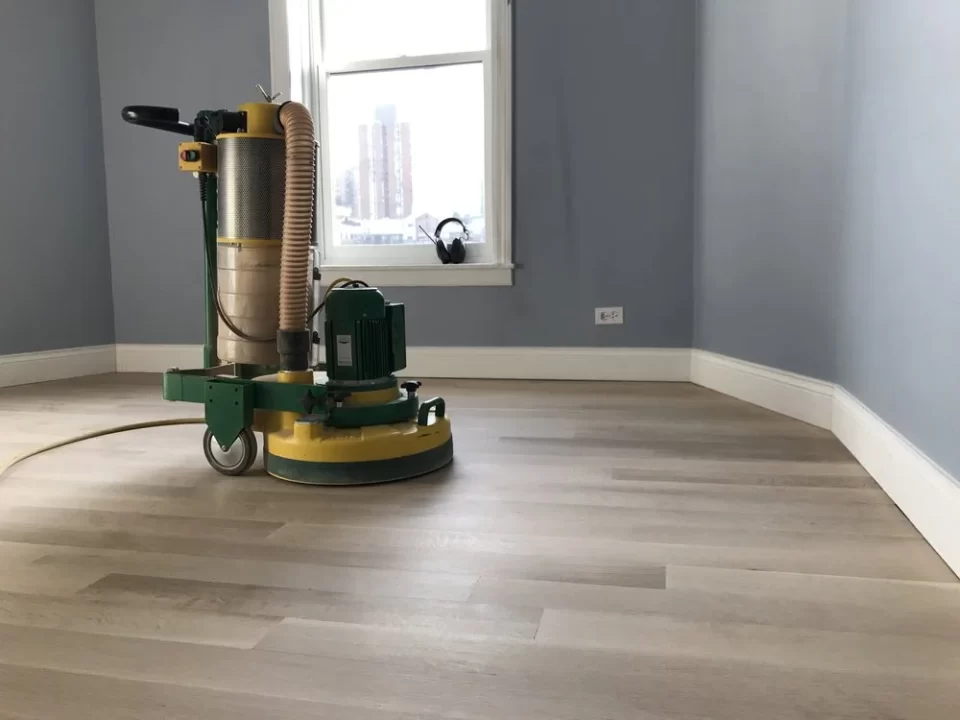Hardwood flooring is a beautiful and durable choice, but like all materials, it ages over time. Scuffs, scratches, discoloration, and dullness are inevitable after years of use. When floors lose their luster, homeowners often face a common question: Should I refinish or replace my hardwood floors?
Understanding the difference between these two options can help you make a smart, cost-effective decision that aligns with your home’s needs and budget. Professionals such as Plancher Mebesa hardwood floor refinishing often guide clients through this decision by evaluating the floor’s condition, the extent of the damage, and the desired aesthetic outcome.
1. What Does Refinishing Involve?
Refinishing is the process of restoring your existing hardwood floors. This includes:
- Sanding down the surface to remove scratches, dents, and the old finish
- Applying a new stain or protective coat, such as polyurethane
- Buffing to ensure a smooth, even finish
Refinishing brings back the natural beauty of the wood without removing the existing flooring structure. It’s best suited for solid hardwood or engineered wood with a thick enough veneer.
2. What Does Replacing Involve?
Replacing means removing the old flooring entirely and installing new material. This process includes:
- Tearing out the existing hardwood (or subfloor if damaged)
- Addressing any issues beneath, such as mold or structural weakness
- Installing brand new planks (hardwood, laminate, or engineered)
- Staining and sealing the new floor if it’s unfinished
Replacement offers more flexibility in terms of wood type, color, width, and finish—especially if you’re aiming for a fresh look or floor plan redesign.
3. When Should You Choose Refinishing?
Refinishing is the preferred option when:
- The floor is structurally sound but looks worn
- Scratches, stains, or sun damage are only surface deep
- You want to change the color or sheen without replacing the material
- The budget is limited and cost efficiency is a priority
Refinishing is typically more affordable and less invasive than a full replacement, especially when handled by experienced professionals.
4. When Is Replacement Necessary?
Replacement is the better choice when:
- The floorboards are severely warped, cracked, or water damaged
- There are gaps or movement between planks
- The floor has been sanded multiple times and is too thin for another refinish
- You want to switch to a different material or layout
It’s also a chance to upgrade to more durable or sustainable materials and install modern finishes or underfloor systems.
5. Cost Comparison
While pricing depends on materials, labor, and square footage:
- Refinishing costs about 50%–70% less than full replacement
- Replacement involves additional expenses like tear-out, disposal, and subfloor repair
- Refinishing is quicker, with minimal disruption to other parts of the home
However, if refinishing isn’t feasible, investing in new flooring can raise property value and deliver long-term performance.
6. Environmental Considerations
Refinishing is also eco-friendlier, as it extends the life of existing materials. Replacement, while offering new features, creates more waste and uses more raw resources—though many modern hardwoods now come from certified sustainable sources.
Conclusion
The choice between refinishing and replacing comes down to the condition of your floors, your budget, and your long-term goals. Refinishing is ideal for bringing worn but structurally sound floors back to life, while replacement is best when damage is beyond repair or when a major style change is desired.

